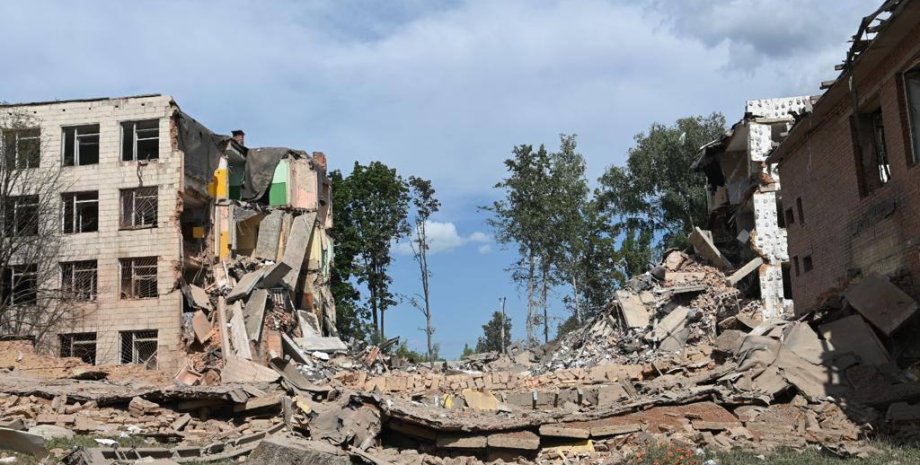
 By Eliza Popova
By Eliza Popova
Particular attention is paid to the scale of the shelter created for the artillery system, as well as the very fact of the use of "hyacinth-C", which is rarely featured in open sources. The Defense Express wrote about what caused this decision. In their material, analysts said that such placement of artillery systems is related to changes in the tactics of warfare caused by the dominance of drones.
The recent report of the British Analytical Center of Rusi (the Royal Joint Institute of Defense Research) stated that both Russian troops and Ukrainian forces actively dispersed artillery systems and place them in underground shelters. This approach is dictated by the need to increase the survivability of the equipment in the context of counter -battery struggle and drones.
Even slight damage by fragments can lead to the need to replace the barrel, and the stocks of artillery tools and their components are limited. Unlike other SAUs, 2C5 "Hyacinth-C" has no armored felling to protect the crew. This makes it vulnerable to air attacks and forces Russian troops to look for alternative ways of protection. In this case, digging into the ground was probably the only solution, analysts emphasized.
In addition, some Russian SAUs set additional protective grilles or makeshift armor, but in the case of Hyacinth-C, the invaders abandoned such revisions, probably considering them ineffective. Earlier it was reported that the army of the Russian Federation began the use of a new wheel self-propelled artillery installation, which, according to experts, is a modification of 152 mm SAU 2C43 "Malva".










All rights reserved IN-Ukraine.info - 2022